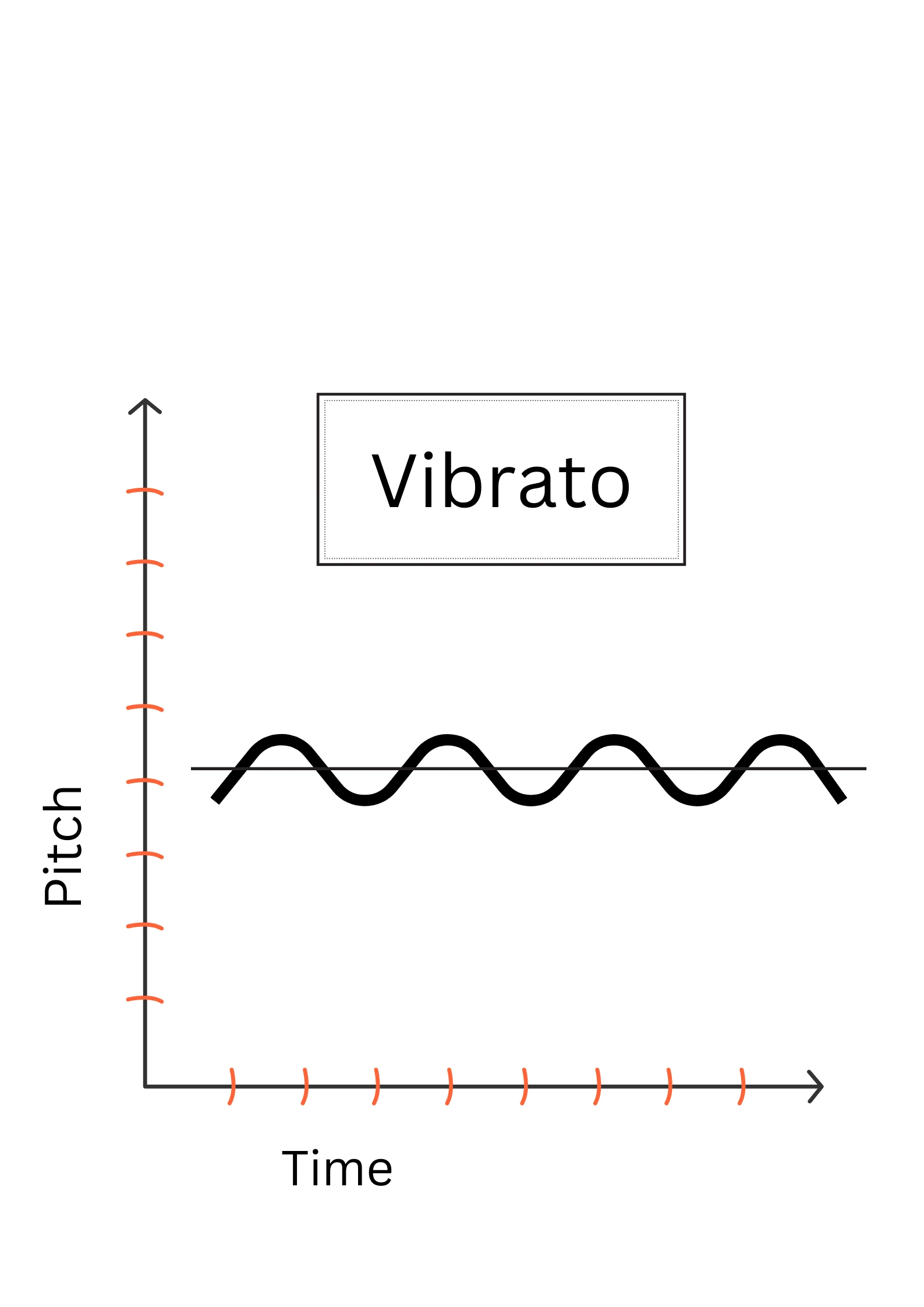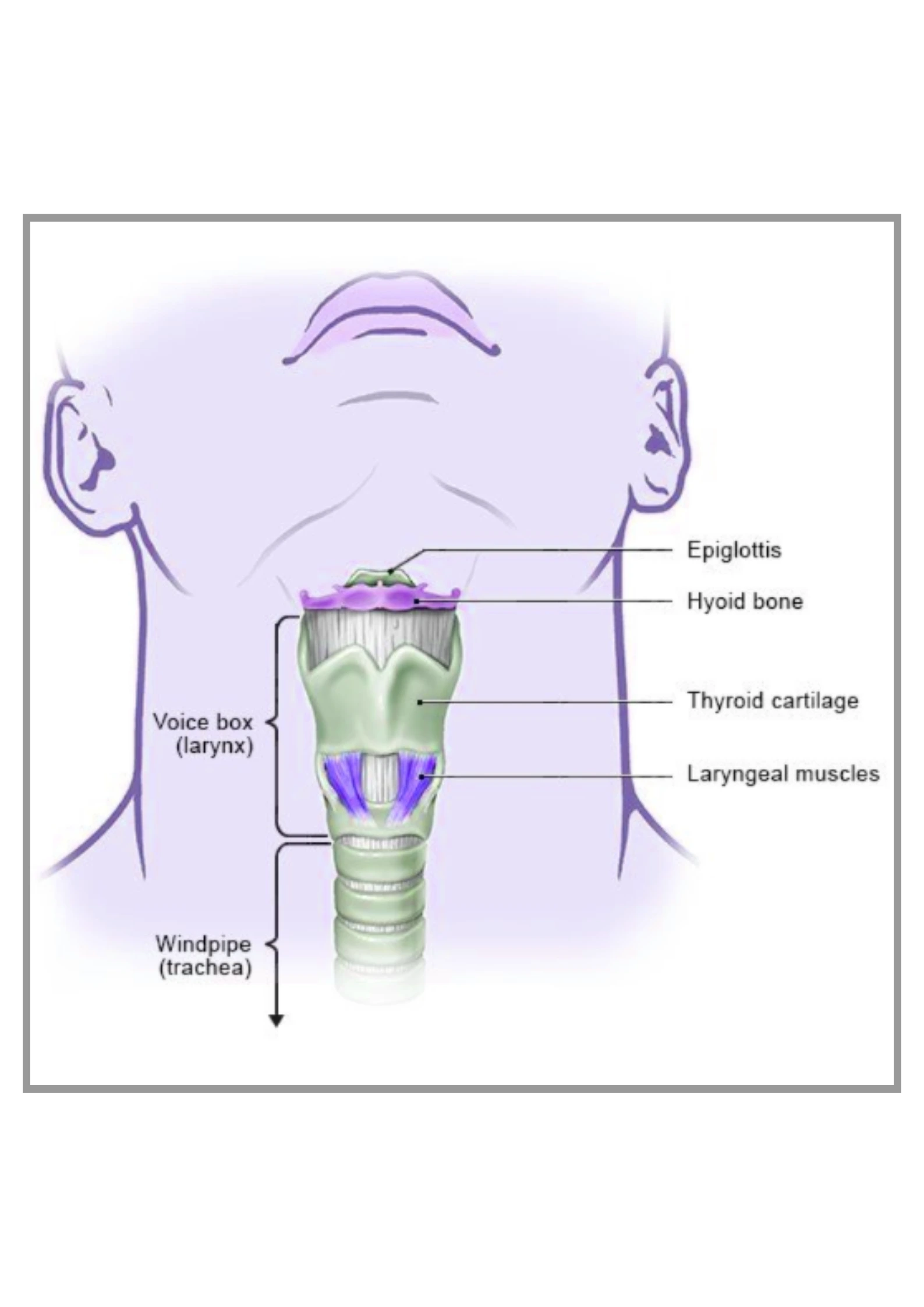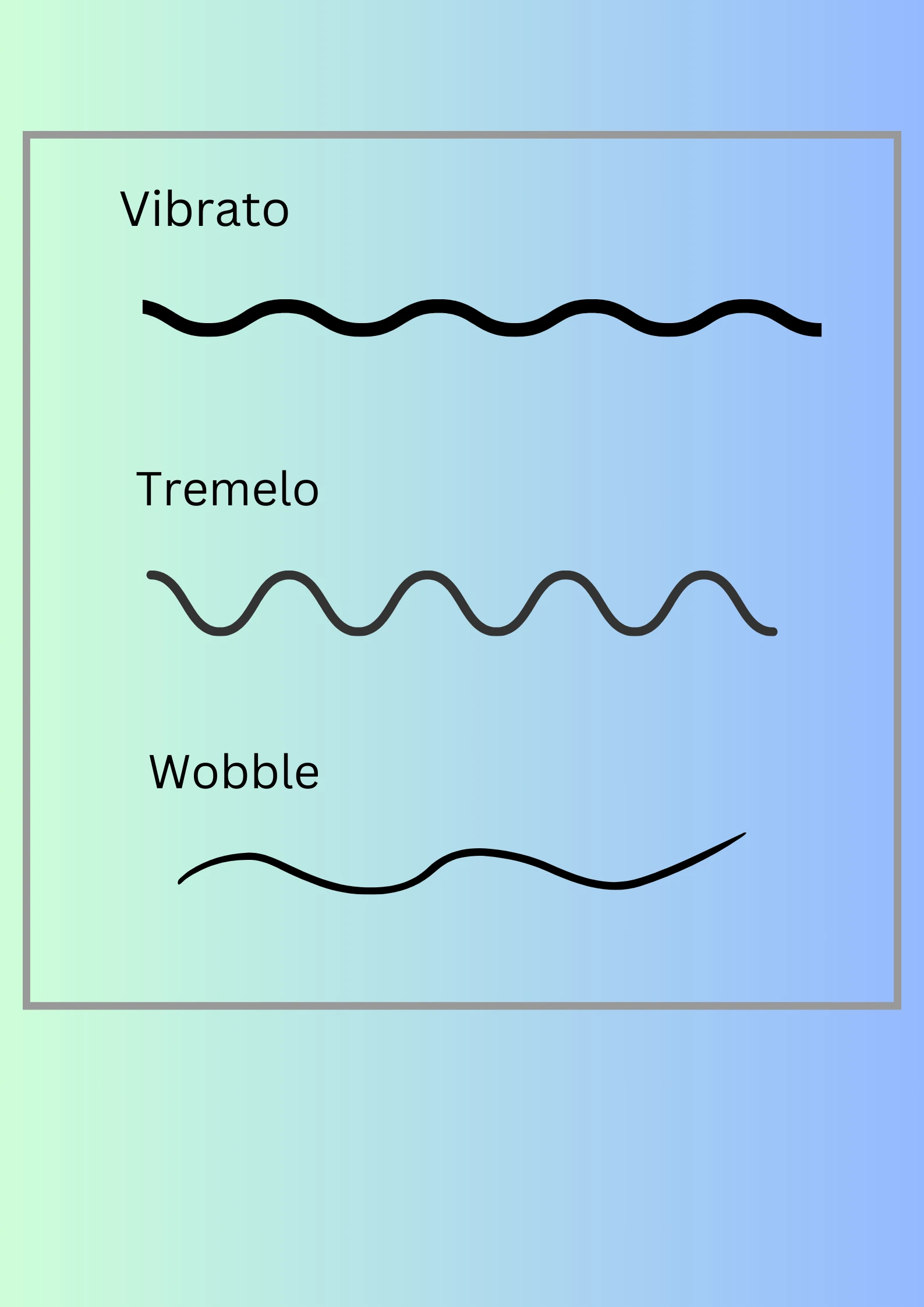- What is Vibrato Singing Technique?
- How Can You Connect Vibrato to Singing?
- Vibrato in The Old Days
- Understanding Vibrato
- How Does Vibrato Singing Technique Actually Work?
- Types of Vibratos and How to Learn Them?
- What is Not a True Vibrato and How to Avoid Unhealthy Vocal Technique?
- How to Avoid Unhealthy Vocal Vibrato?
- How to Learn Vibrato Singing Technique?
- Singing with Vibrato Exercises
- What to do to Improve Vocal Vibrato?
- FAQs
As a vocal instructor , I quite agree with that!
I am positive that vibrato singing technique can maximize any performer to a professional level. I always think – Can a singer sound better, more lovely without soaring vibrato in their singing?

Vibrato is the Badge of Tonal Maturity
Does a singer have to have vibrato to be Good?
Some people might not agree to this, but I personally couldn’t carry on without Vibrato!
How to learn vibrato singing technique? Is vibrato singing technique natural or learned? How can I improve my vocal vibrato? What are the vibrato exercises? Are some of the questions to which you can find answers in this blog.
What is Vibrato Singing Technique?
Vibrato is a singing technique or a musical effect.
Vibrato originates from an Italian word- “vibrare” which means to vibrate.
Basically, vibrare is a regular and pulsing shift in pitch. It enhances the expressiveness of instrumental and vocal music. The two main characteristics of vibrato singing technique are its pitch variation quantity and its pitch variation pace.
To practice vibrato singing technique, any singer needs to begin with relaxed throat muscles, proper breathing and good pitching sense. One needs to be careful to develop a healthy vibrato, try singing vibrato exercises to improve vocal vibrato.
How Can You Connect Vibrato to Singing?
It can happen naturally during singing due to changes in the larynx. An example of that vocal function is the vibrato of a wind or string instrument.(listen to soulful violin or a cello piece)
The rapidity at which you switch between the two pitches is crucial to producing a beautiful Vibrato singing technique.

But how to learn vibrato singing? Before getting into that, remember you may achieve a very natural-sounding vibrato singing technique by oscillating between the two tones around six times(normally) per second.

Did You Know?
The vibrato singing technique is mentioned as early as 1545, if not before.
Vibrato in The Old Days
In the early days, classical musicians have been increasingly aware of performance techniques from many historical periods since the 1960s. Performers appeared to suddenly realize that their “modern” style of performance would no longer be appropriate for baroque and classical music, and they set out to discover what possible meanings these pieces might have had.
Nowadays you may notice that the majority of contemporary symphony orchestras have embraced this awareness. Musicicans will no longer be selected for auditions if they fail to demonstrate an understanding of the historical context in which the repertoire was written and used that context into their playing with the proper performance style.
String players and even singer’s employment of intonational vibrato between about 1750 and 1900 was mostly decorative in nature. A fundamental shift in the way people felt about decoration began in the 1800s.
There was a widespread desire for additional embellishment in various genres of music. This is Because you can view vibrato as an ornamental element and you can also see that its use changed along with the way.
It’s likely that musicians from the 1750s would have seen a lengthy, plain note as “distasteful” and would have instead chosen to utilize vibrato singing technique when other decorations weren’t suitable.

Did You Know?
Almost every style in Music uses Vibrato.
Understanding Vibrato
Pitch excursion (oscillation), temporal rate (cycles per second), and amplitude variance are the three characteristics that make up vibrato.

Have you ever noticed that your body’s instinctive response to increasing strain is vibrato? This is because your vocals cords oscillates. here and now you vocal cord’s tension introduces Pitch movements that are moves rhythmically. The thickness of the folds varies in tandem with this shift in tension.
“Is vibrato natural or learned?” I’m sure this would have popped up in your head. The answer to that actually depends on the practice and training of a singer.
Understanding the mechanism of Vibrato singing technique also contributes to deciding whether one’s vibrato – natural or learned.
How Does Vibrato Singing Technique Actually Work?
Big words coming through!
So far, we saw that Vibrato singing technique is an oscillation of pitches and how to learn vibrato singing. Let me take you through what actually happens inside your body when you develop a healthy vocal vibrato.
Your body requires muscular relaxation from time to time during intensive vocal activity, such as singing in high pitches or for a long time. Vibrato singing technique enters here as an output to relax those muscles.
Vibrato is more than just about larynx placement. Its vital that you notice your tongue, epiglottis(root of the tongue), and pharyngeal (pharynx) wall conveys periodic oscillatory motions carrying out the vibrato singing technique . A significant part of the relaxing process that results from synchronising vocal fold responses and breath energy is this motion. Your neck’s exterior muscles conveys small movements of the tongue, pharyngeal wall, and epiglottis.
Types of Vibratos and How to Learn Them?
Wide Vibrato vs Narrow Vibrato
Let us explore some of the types of vocal vibrato and its importance to enhance your singing. Before we get into Types of vibrato based on the functions of a human body, we will have a quick glance at wide vibrato vs narrow vibrato.
Wide vibrato sounds more pronounced and stretched more used to show very intense emotions while in Narrow vibrato the oscillation of the pitches are subtle and precise. Narrow vibratos are used more in romantic and delicate arias.
Laryngeal Vibrato
Laryngeal vibrato is basically, moving your larynx up and down. For this reason, our larynx should be generally steady and quite relaxed.
It explains how to simulate vibrato by rapidly twitching the jaw and tongue. This action causes fast variations in tone and vowel production, giving the appearance that the vocalist is producing vibrato.
Despite this, vibrato generated by moving the jaw or head is often unnatural sounding, and the performer appears strained when singing in this manner.
Shaking neck, wagging mouth, and waving tongue are signs of problems caused by inadequate breath control or structural support.
Natural Vibrato
When manufactured vibrato-like vocal effects or unhealthy, inferior singing styles are used to create vibrato-like vocal effects, the sound of the vibrating voice frequently lacks the warm, ringing, completely resonant tone heard in natural vibrato. You may notice that opera singers use both Slow and fast vibrato while singing arias.
Slight pulsation in the airway which includes the larynx, tongue and epiglottis creates Natural Vibrato. This in brass and woodwind instruments can result from tiny changes in airflow. Gradually vibrating the string against the fingerboard produces Natural Vibrato on string instruments.
Vocal Trill Vibrato
Natural vibrato does not go beyond a semitone. Unlike, vibrato singing technique method, the trill technique happens between two semitones. While trills are not real vibrato, they are a close substitute. Although trilling can provide an artificial vibrato impression, pure voice vibrato is produced by small changes in laryngeal airflow.
Following the notes played on the piano, the vocalist travels up and down in pitch by a half step (semitone), slowly at first, then quickly.
Diaphragmatic Vibrato
They call it diaphragmatic vibrato when you sustain a note by pulsating your diaphragm.
This approach simply creates the illusion of natural vibration and can reduce airflow during a performance.
Many singers adopt this undesirable vocal habit in order to have some vibrato when there is no healthy, technique-obtained vibrato available. I would strongly advise against it because it hinders developing a healthy vocal vibrato. Some singers try to develop this type of vibrato and incite diaphragm pulsation by either rapidly and rhythmically pushing on their abdomens below the sternum with their hands and then vocalizing on a single note or panting like a dog to train the abdominal muscles to pulsate on their own.
Panting, in particular, can be harmful since it frequently causes dizziness (due to hyperventilation).
What is Not a True Vibrato and How to Avoid Unhealthy Vocal Technique?
“Caprino” translates to “little goat” in Italian, and this quick trill technique sounds a little like a bleating goat. It is not real vibrato and may generate an annoying voice tone..
It happens when you try vibrato that is not properly structured, resulting in a tremolo-like pulse on only one note, similar to pitch reiteration. The sound produced will not sound perfect.
Caprino, also known as trillo caprino or just trillo, which also sounds like wobble is most likely produced by scattered breath that has not reached its right point of placement.
It is very crucial to develop a healthy vocal vibrato. To do so, proper breathing and strong vocal technique is the best place to begin with.

How to Avoid Unhealthy Vocal Vibrato?
As a vocal educator, I would always recommend beginners seek professionals who can teach right at the right time. Vibrato singing technique is something that stays with us until we sing and so it’s very important that we don’t pick up the wrong technique and develop a healthy vocal vibrato.
How to Learn Vibrato Singing Technique?
“How to learn vibrato singing” is a question thrown around a lot among the singers and learners. As a vocal coach, I have to admit that I never teach vibrato until a student has mastered at least intermediate-level vocal abilities, decent tone production, and a strong breathing technique.
One must understand that vocalists who use vibrato singing technique on almost every one holds to create excitement ends up with a sound that is just as unsurprising and dull as vocalists who sing every note straight (without vibrato).
These singers make bad stylistic decisions, such as overusing the pulsing or oscillatory sound, because they believe that vibrato, or what appears to be vibrato to them, would persuade others that they are wonderful singers.
Here are some quality exercises to practise vocal vibrato.
I encourage you to try these easy exercises to develop a healthy vocal vibrato. You should be careful and not try everything that internet says and avoid unhealthy vocal vibrato
Singing with Vibrato Exercises
So, “how to learn vibrato singing” is generally adapted with vocal exercises. These vibrato exercises’ sole purpose is to make an expressive modulation and to improve Vocal vibrato. Here are some quality exercises to practice vocal vibrato.
I encourage you to try these easy exercises to develop a healthy vocal vibrato. You should be careful and not try everything that internet says and avoid unhealthy vocal vibrato
What to do to Improve Vocal Vibrato?
- Tension in the muscles is the greatest enemy of singing vibrato. Keep your muscles and mouth relaxed.
- In conclusion to this text, we now know that good vibrato singing technique absolutely requires proper breath support and good breath control.
- Let your body take time to adapt to technique. Be patient and practice slowly and gently without forcing the technique.
- Look into references of other artists singing with vibrato. This will help you find your own style.
- Keep check of the tempo. Use a metronome while practicing or singing with vibrato exercises. This will help you generate a steady and continuous vibrato.
- Like I’ve mentioned earlier, get help from vocal tutors. Their feedback will help you improve vocal vibrato.
Final remarks!
I know that getting this technique right can be a stressful process but do not give up. Continue to devote time and effort to practicing the fundamentals of vocal methods.
The key is consistency.
Just keep practicing every day, and you’ll be astonished when you can naturally make vibrato.
Please don’t put too much pressure on yourself since you may end up pushing your voice to generate vibrato artificially, causing damage in the process. Always remember to not to compare your timbre to mainstream performers, as their vibrato is purposefully more noticeable.
If you find it difficult to learn to sing on your own, hiring a vocal coach may be a better option, or you may just explore online singing classes with us.
FAQs
What is vibrato in singing?
The rapidity at which you switch between the two pitches is called Vibrato
Does everyone have vibrato?
Everyone does not have vibrato, rarely, some singers have natural vibrato but mostly it comes from training.
How do you get vibrato in singing?
You get vibrato in singing when you get your basics done which helps in the relaxation of your muscles and then try practicing a few exercises.
Is vibrato important for good singing?
Yes, vibrato is important for good singing.
Can you learn vibrato as an adult?
Yes, you can learn vibrato as an adult
What are the different types of vibrato?
Laryngeal vibrato, Natural trill vibrato, Vocal vibrato, Diaphragmatic vibrato are the types of Vibrato.
Common mistakes that prevent vibrato?
Your muscles in the throat need to be relaxed to get vibrato. Most common mistakes included, no proper support breathing, no good poster and strained singing prevents vibrato.



































